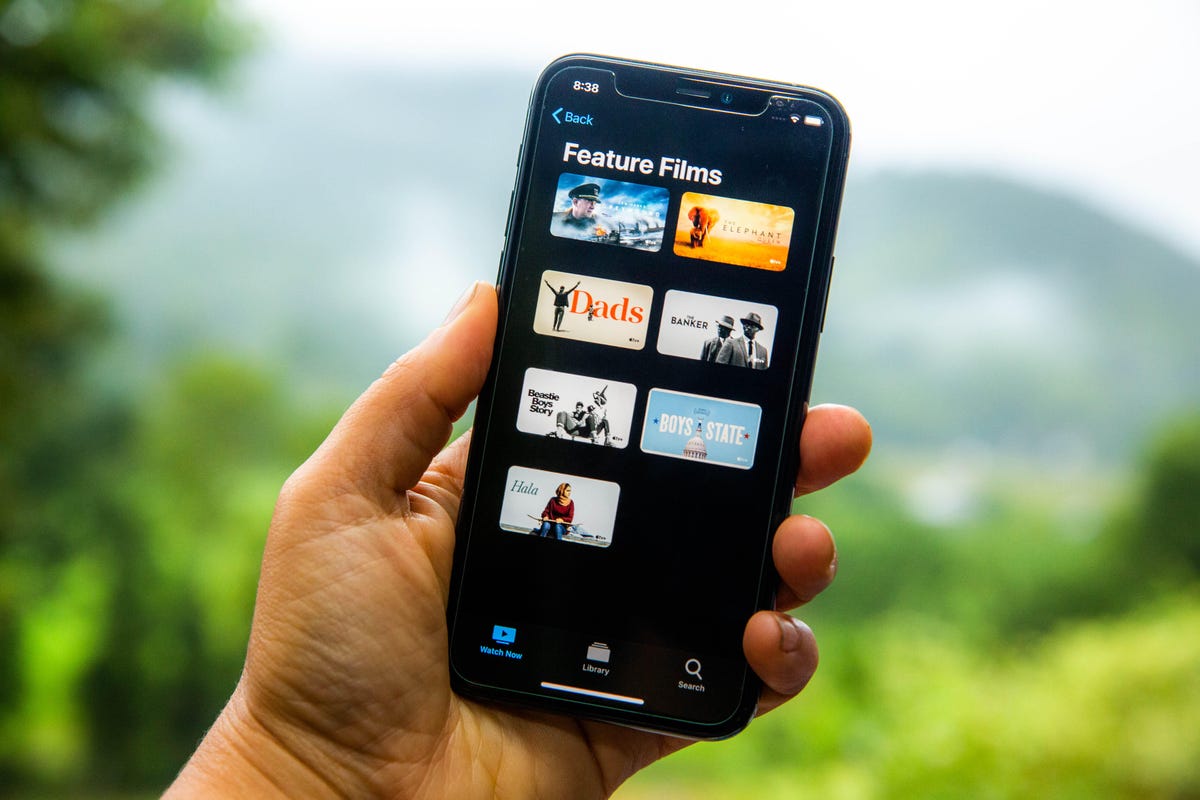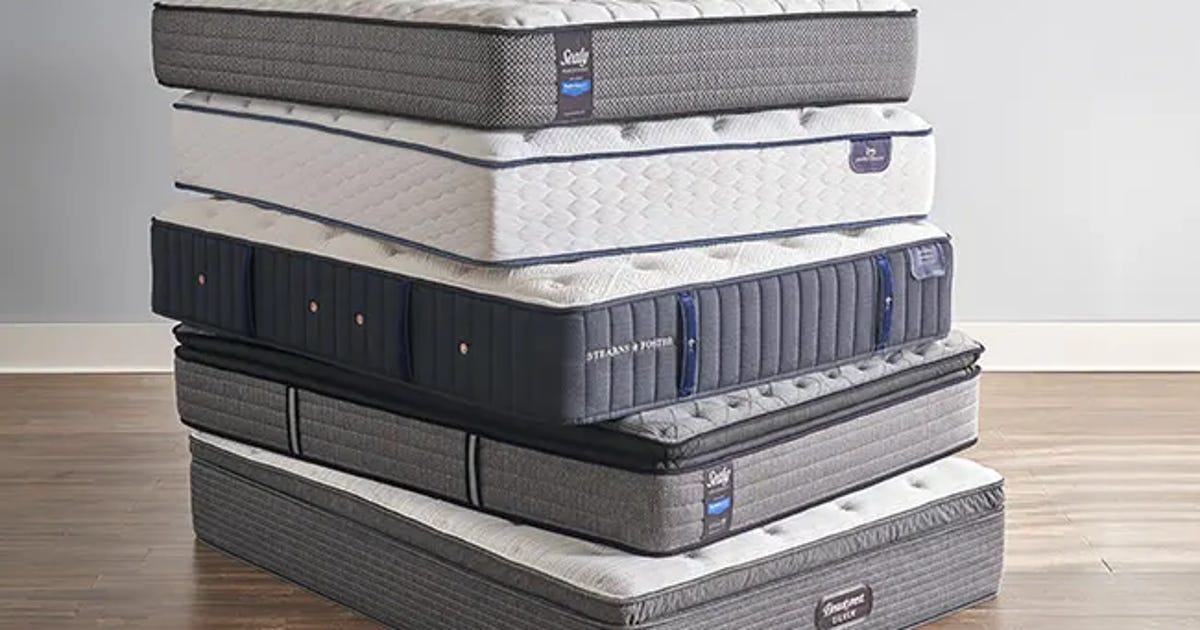
Make way for Matter, the smart home's would-be skeleton key
At Wednesday's Alexa Live 2021 event, Amazon confirmed that its Echo lineup of speakers and smart displays will soon support Matter, a new, universal smart home standard. The product of a multiyear joint effort with other industry titans, including Apple, Google and Samsung, Matter aims to help your smart home devices play a little nicer together -- and soon, the majority of Echo, Echo Dot, Echo Plus, Echo Studio and Echo Show devices already in people's homes will sync up with the standard via a software update.
The news follows similar curtain-lifts from Google and Apple, each of which announced respective support for Matter in Android and in iOS earlier this year. Together with buy-in from Amazon, it all seems to set the stage for Matter to make a splashy debut in the coming months. It likely won't be long before you start seeing the Matter logo featured prominently on the product packaging for a wide variety of the gadgets that want a place in your home.

The Matter logo signifies smart-home devices that are certified to get along well with each other and with the Amazon Alexa, Apple Siri and Google Assistant voice control systems.
Connectivity Standards Alliance; illustration by Stephen Shankland/CNETMatter's potential popularity stems from the appeal of its pitch: a single, IP-based, open-source standard that works over Wi-Fi, supports all major control platforms, and acts like a universal language that smart home devices can use to connect with and understand each other. Think USB, but wireless. After all, the Internet of Things ought to be like the internet -- platform-agnostic and 99% the same, regardless of which device or operating system you're using to access it.
That's the ideal, anyway. At the same WWDC presentation where Apple announced that Matter would make its way to iOS 15, the company also showcased newly opened third-party Siri access that lets you trigger and talk to Apple's AI assistant from devices like the voice-activated Ecobee thermostat. The catch is that you'll still need an Apple HomePod Mini (or the discontinued, full-size HomePod) on your Wi-Fi network to do localized speech processing and security authentication. Let that be a reminder as Matter draws near: The big tech companies might be willing to share the cockpit in your connected home, but they're each going to want a hand on the steering wheel, and that can make for a jerky ride.
Still, smoothing out bumps like those -- while keeping big tech in firm control of the category -- might be Matter's mass effect on the smart home. The three inward-pointing arrows that make up the perhaps soon-to-be ubiquitous Matter logo might as well represent Amazon, Apple and Google, each one focused in on a common center -- and each fixed in place at the center of the action. With Matter, you could move into a home or apartment with preinstalled smart gadgets and have a much easier time controlling them however you like: Apple HomeKit, Google Assistant, Amazon Alexa, Samsung SmartThings, take your pick. And, if you're an Android user who lives with roommates or family members who prefer iOS, Matter might help your smart home harmonize a little better, too.
"It's not just another light bulb standard," said Amazon's Chris DeCenzo, a principal engineer for the smart home, as he outlined the company's goal of making Matter relevant by finding new and practical ways of putting it to use. One of the first areas of focus: smarter smart TVs.
"The industry is really a mess of different protocols," DeCenzo explained, before going on to describe how Matter might be able to help standardize TV voice controls or improve casting performance. There are a number of TV manufacturers already on board with Matter via the Connectivity Standards Alliance, DeCenzo notes.
That's not to say that you should expect the smart home experience to be vastly different than before. These companies are still fierce competitors seeking to outdo each other with new products and features. Their incentive is to differentiate, not to share. Matter won't let you access Apple TV's HomeKit camera controls and multiview interface on a Fire TV Stick or a Chromecast, for instance. And devices like Philips Hue bulbs that communicate using Zigbee, Z-Wave or some other low-powered alternative to Wi-Fi will still need a bridge connected to your network in order to put Matter to work, so don't expect that ugly mess of pucks and hubs on your router shelf to disappear, either.
Where Matter should make the biggest impact is with developers, no doubt exhausted after a decade spent jumping through hoops to keep their devices up to date with the ever-shifting demands of each of the platforms their customers care about. (Imagine a busy restaurant with cooks who all speak different languages, while the waitstaff has to work to understand everyone and get food to the right customers.) With Matter, those device-makers will be able to develop around a single standard that brings all of the big names into play. That's a much lighter lift, and one that could free up time and resources that could be better spent developing better devices in the first place.
So, does Matter matter? The answer is undoubtedly "yes" -- even setting the smart home aside, it's a noteworthy thing when big tech circles the wagons and agrees to baseline standards involving security and data privacy. And while the smart home will never be truly seamless, Matter would seem to be a much better framework for the current landscape, one that's dotted with devices from whatever manufacturer had the best Black Friday sale, and controlled by whichever big tech company you're most comfortable (or least uncomfortable) sharing your home with. Matter won't change that smart home status quo, but it could reinforce it in ways that help the category accelerate. You might say it's just a matter of time.
§
Apple has axed its original HomePod and will turn its attention to the smaller version of its smart home assistant, the HomePod Mini, the company said Friday.
"We are discontinuing the original HomePod, it will continue to be available while supplies last through the Apple Online Store, Apple Retail Stores and Apple Authorized Resellers," Apple said in a statement. "We are focusing our efforts on HomePod mini."
Read more: Apple HomePod Mini features you should know about: Every tip and trick we've found
Apple will continue providing existing HomePods with software updates and support through Apple Care, the company said.
The HomePod Mini was launched in November last year, costing $99 in comparison with the $300 HomePod original. When it was released in 2018, CNET reviewer Megan Wollerton praised its "stellar" sound but said it didn't offer as many features as competing speakers powered by Amazon's Alexa and Google's Assistant. "If you and everyone else you live with has an Apple device and you're sold on having an Apple smart home, the HomePod is worth a close look," she wrote at the time.
The HomePod Mini earned similarly strong praise from CNET reviewer Molly Price for its sound when it was released in 2020, with a note that the lower price made it much more attractive. "The HomePod Mini is as on-par as Apple wants to make it with Google and Amazon's offerings, and I'd recommend it to anyone invested in the Apple universe," she wrote.
The news about the original HomePod's demise was reported earlier Friday by TechCrunch.
Source
Tags:
- Make Way For Matter The Smart Home S Would Be Skeleton Key
- Make Way For Matter The Smart Home S Would Be Skeleton Drawing
- Make Way For Matter Thesaurus
- Make Way For Matter The Car
- Make Way For Books
- Make Way For Prince Ali
- Make Way For Me Legendary Song
- Make Way For Ducklings
- Make Way For Tomorrow
- Make Way Aloe Blacc
- Make Way For Books












